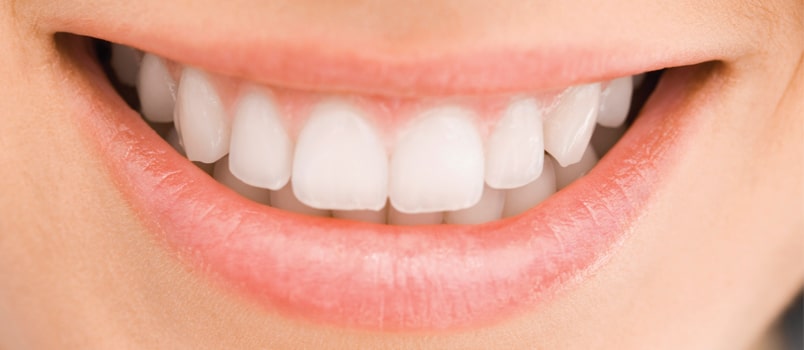
A calculus bridge, in the context of mathematics education, refers to a course or program designed to help students transition from basic mathematics to advanced calculus. It acts as a foundational link, filling the gaps in students’ understanding and preparing them for the more complex concepts and techniques involved in calculus. The calculus bridge course typically covers essential topics like algebra, trigonometry, and pre-calculus, ensuring that students have a strong mathematical foundation before they delve into the intricacies of calculus. These courses are especially valuable for students entering college or university-level mathematics programs, where calculus plays a significant role in various fields such as engineering, physics, and computer science.
How plaque can become a calculus bridge
Plaque easily forms on teeth shortly after consuming starchy or sugary foods. This sticky film results from the mixture of food residue with mouth bacteria, leading to the release of acids that break down carbohydrates. This combination of carbohydrates, acids, and bacteria forms a colorless layer over the teeth, known as plaque.
However, plaque doesn’t disappear naturally. If not removed by brushing and flossing soon after its formation, it hardens into tartar. This calcified dental plaque, also known as dental calculus, develops within 1 to 14 days after plaque formation, as per research.
Tartar is concerning because it doesn’t remain confined to teeth; it can spread and move down into the gumline. This calculus, often appearing tan or brown and causing stains on teeth, affects the tissue beneath the gumline. This can lead to gum disease and tooth decay if not addressed promptly.
Photo of calculus bridge
The appearance of a calculus bridge can differ from person to person based on the amount of tartar buildup. Typically, it manifests as a brown or tan border near the gumline on the edges of your teeth. In severe cases, it might extend further down into the gumline or upward across the tooth surfaces.

Side Effects of a Calculus Bridge
A calculus bridge on your teeth can result in various adverse conditions, affecting your oral health significantly.
Halitosis
One noticeable effect is halitosis, commonly known as bad breath. The presence of plaque and tartar can lead to an unpleasant odor emanating from your mouth.
Gingivitis
Gingivitis is characterized by red or inflamed gums, often accompanied by bleeding during brushing or flossing. If left untreated, it can progress to a more severe form of gum disease known as periodontitis.
Receding Gums
Another consequence is the occurrence of receding gums, which is also a type of periodontal disease. In this condition, your gums start to pull away from your teeth, exposing more of your dental surface. This exposure creates gaps between your gums and teeth, allowing harmful bacteria to infiltrate.
Cavities
The buildup of tartar on your teeth can shield bacteria from the bristles of your toothbrush. Plaque and tartar can create tiny holes in the enamel, enabling bacteria and acid to seep into the tooth, leading to cavity formation.
Tooth Loss
If dental calculus is left untreated, it can cause severe gum disease, eventually resulting in the loss of one or more teeth. Prompt attention and proper oral care are essential to prevent these detrimental outcomes and maintain good dental health.
Calculus Bridge Removal
When a bridge of calcified plaque or calculus forms on your teeth, it cannot be brushed away with regular oral care. Professional intervention from a dentist or dental hygienist is necessary for its removal. In some cases, a thorough professional cleaning can eliminate most or all of the calculus.
However, if the calculus has penetrated below the gumline, a standard professional cleaning might not be sufficient.
In such situations, a dental hygienist might employ a handheld tool known as a dental scaler. This instrument features a small hook at the end, allowing the hygienist to carefully scrape and remove the hardened plaque and tartar surrounding your gumline. Following the scaling procedure, the hygienist may perform root planing, smoothing out areas on the root surfaces. Alternatively, ultrasonic instruments specifically designed for calculus buildup removal might be utilized.
In cases where the dental calculus is extensive, multiple sessions might be required to address the issue effectively. It’s important to note that after such intensive cleaning, your gums may feel sore, but the procedure is essential to maintain optimal oral health.
Preventing a Calculus Bridge: Essential Dental Hygiene Practices
Preventing the formation of a calculus bridge requires vigilant dental hygiene practices aimed at controlling plaque buildup. Taking proactive steps can significantly reduce the risk of tartar accumulation and the subsequent development of a calculus bridge.
- Thorough and Regular Brushing: Brush your teeth meticulously twice a day using fluoride toothpaste. The American Dental Association (ADA) recommends dedicating a full 2 minutes to each brushing session. This thorough approach helps in removing plaque effectively.
- Interdental Cleaning: Clean between your teeth daily through interdental cleaning methods such as flossing or using specialized tools. These techniques clear away debris that might hide between your teeth, preventing plaque formation.
- Limit Sugary Consumption: Reduce the intake of sugary drinks and snacks. By minimizing sugary items, you limit the opportunities for oral bacteria to interact with residual sugar, thereby preventing plaque formation.
- Regular Dental Checkups: Schedule regular checkups with a dentist, allowing them to monitor your oral health. Dentists can identify early signs of gum disease, like gingivitis or receding gums, and tooth decay. Additionally, they can understand your habits and provide personalized recommendations to help you maintain a consistent oral care routine.
- Consider Tartar-Control Toothpaste: Research suggests that using tartar-control toothpaste can be beneficial in preventing tartar buildup, which is crucial in avoiding calculus bridge formation. Look for toothpaste containing fluoride and triclosan, a compound believed to combat bacteria in plaque. Studies support the efficacy of these ingredients in maintaining optimal oral health.
By diligently following these guidelines and incorporating tartar-control toothpaste into your oral care routine, you can significantly reduce the risk of developing a calculus bridge, ensuring a healthier and happier smile.


